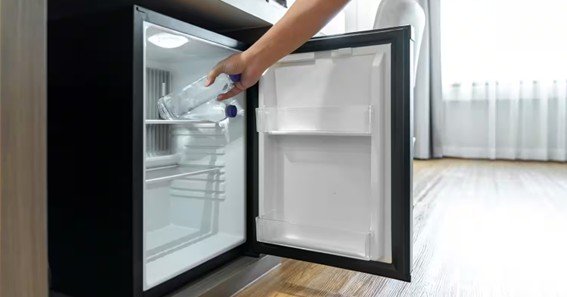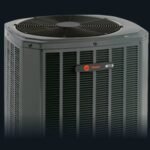When assessing household energy consumption, it’s essential to understand how much electricity your appliances use. A common question homeowners have is: How many amps does a refrigerator use? The answer varies based on several factors, including the refrigerator’s size, age, and features.
Average Amperage of Refrigerators
Most standard household refrigerators draw between 3 to 6 amps during regular operation. However, this range can fluctuate:
- Compact Refrigerators: Smaller units, such as mini-fridges, typically consume between 1 to 2.5 amps.
- Larger or Feature-Rich Models: Refrigerators equipped with additional features like ice makers or water dispensers may require up to 10 amps or more.
It’s important to note that during startup, refrigerators can experience a surge in amperage, sometimes drawing two to three times their running current. This surge is brief but should be considered when evaluating electrical load capacities.
Calculating Your Refrigerator’s Amperage
To determine your refrigerator’s specific amperage:
- Locate the Specifications Label: This label, often found inside the fridge or on the back, provides the appliance’s voltage and wattage.
- Use the Formula: Amps = Watts ÷ Volts
Example:
- If your refrigerator operates at 120 volts and has a wattage of 600 watts:
- Amps = 600W ÷ 120V = 5A
This calculation indicates that the refrigerator uses 5 amps during regular operation.
Factors Influencing Amperage
Several factors can affect a refrigerator’s amperage draw:
- Size: Larger refrigerators generally require more power due to increased cooling demands.
- Age: Older models may be less energy-efficient, leading to higher amperage usage.
- Features: Additional components like ice makers, water dispensers, or smart technology can increase electrical consumption.
- Energy Efficiency Rating: Energy-efficient models are designed to consume less power, often resulting in lower amperage.
Energy Management Tips
To optimize your refrigerator’s energy consumption:
- Regular Maintenance: Clean condenser coils and ensure door seals are intact to maintain efficiency.
- Proper Placement: Position the refrigerator away from heat sources and allow adequate ventilation around it.
- Temperature Settings: Set the refrigerator and freezer to manufacturer-recommended temperatures to avoid overworking the compressor.
- Consider Upgrading: If you have an older model, investing in an ENERGY STAR-certified refrigerator can lead to significant energy savings.
FAQ
- How many amps does a standard refrigerator use?
- Most standard refrigerators use between 3 to 6 amps during regular operation.
- Do refrigerators require a dedicated circuit?
- Yes, it’s recommended for refrigerators to be on a dedicated 15 or 20-amp circuit to handle startup surges and prevent overloading.
- How can I find my refrigerator’s amperage?
- Check the appliance’s specifications label for voltage and wattage, then use the formula: Amps = Watts ÷ Volts.
- Does the startup of a refrigerator draw more amps?
- Yes, refrigerators can draw two to three times their running amperage during startup, though this surge is brief.
- Are newer refrigerators more energy-efficient?
- Generally, yes. Modern refrigerators, especially those with ENERGY STAR certification, are designed to consume less electricity compared to older models.
Understanding your refrigerator’s amperage helps in managing household energy consumption and ensuring electrical safety. Regular maintenance and informed appliance choices contribute to both energy efficiency and cost savings.










